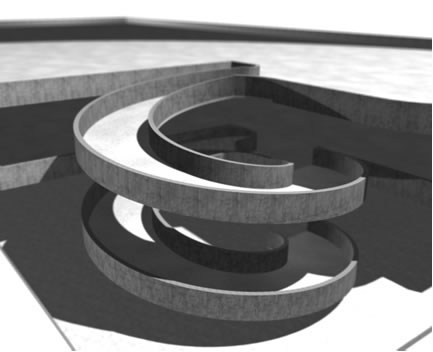So it turns out there are aliens. And some of them have visited Earth. Maybe they’ve even been involved in genetically engineering human beings.
… why is this driving me crazy again?
Partly you’re just dealing with cultural dissonance: At the time Lovecraft was writing, these things were not part of pop culture, so it was possible to believe that people would find their existence unsettling to their settled views of the way the world worked. The understanding of how insanity worked was also different in some key ways.
So, to a certain extent, it’s like wondering why women faint all the time in Victorian literature.
On the other hand, there’s a bit more to it in terms of the time when the “Stars Are Right”, which suggests a fundamental reordering of the laws of physical reality. The creatures of the Mythos literally belong to a universe incompatible with the universe we think we live in. To put it another way: We live in a tiny little pocket of abnormality which uniquely makes it possible for human life to exist and/or prosper. The idea that at some point the Earth will leave our zone of grace, the stars will right themselves, and our little epoch of abnormality will come to an end can be rather unsettling in a way that “there are aliens” isn’t.
But more than that: The creatures of the Mythos are a living connection to the way the universe is supposed to work… and the way the universe is supposed to work is inimical to humanity. At extreme levels it can be like trying to run COBOL programming through a C++ compiler. At lower levels it’s more like trying to run a program through a buggy emulator. It’s not just “that monster is kind of creepy”; it’s “that monster has connected my brain to a place where my brain doesn’t work right”. (This idea also works in reverse: Mythos creatures are operating in a semi-insane state within this period of abnormality. That’s why Cthulhu is lying in an induced coma… he’s trying to minimize the damage.)
But even more than that: The damage being done to your mind is actually a direct result of the mind desperately trying to rewrite itself to cope with the true nature of reality. Mythos-induced insanity? That’s not the mind breaking. That’s the mind trying to fix itself. It just looks like insanity to us because we’re all broken.















